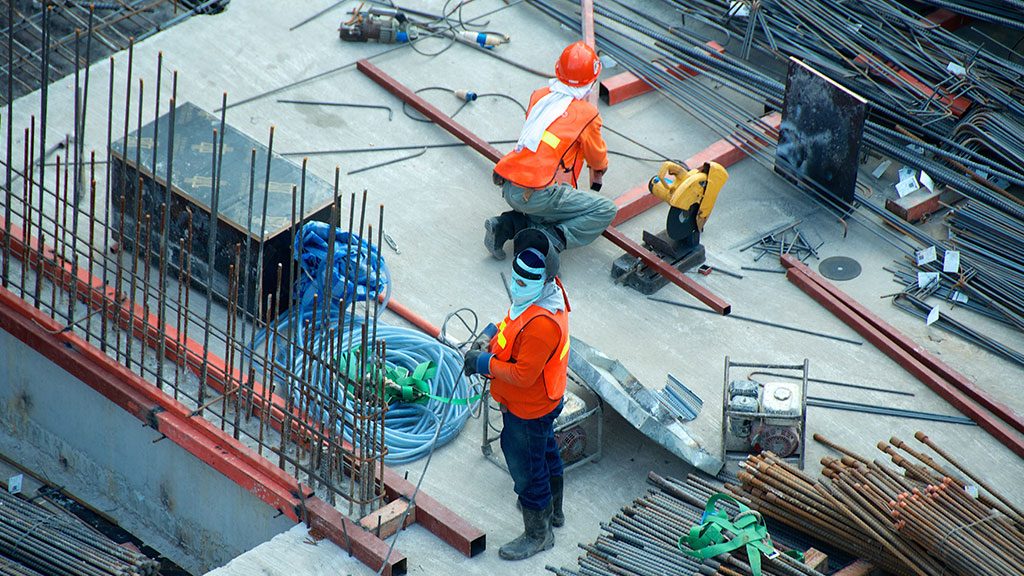Important changes are coming to Canada’s National Building Code (NBC) by year end.
“There is a significant emphasis on energy performance,” Al Jaugelis told the Daily Commercial News (DCN) when describing the code’s latest proposals. As technical Director of Fenestration Canada — the association representing Canadian window and door manufacturers — Jaugelis sits on National Research Council (NRC) committees that plot the future direction of the NBC.
While Jaugelis correctly characterizes the 2020 code proposals as highly focused on energy-efficiency, the NBC will be taking slightly different approaches for smaller versus larger structures.
Structures described under Part 9 Buildings — three stories or less, and less than 600m2 in area — appear to be following the lead of the B.C. Step Code initiated in 2017. Like the Step Code, the NBC is proposing a concept of ‘tiered performance’, where each tier represents an increase in energy efficiency performance over and above the current code. “By offering tiers of performance for a building’s overall energy consumption, provinces and territories can choose a desired performance level to meet their energy efficiency goals, while ensuring the harmonization of energy codes across Canada.”
Harmonization of codes across Canada is important. Some observers take issue with the BC Step Code’s scattered and inconsistent application that allows municipalities to pick performance levels above the provincial building code.
“By enabling 160 municipalities to set their own energy efficiency level, B.C. undermines its own building standard,” says the Victoria Residential Builders Association (VRBA). Critics further suggest that municipalities could be exposed to liability risks in cases where they don’t have the established technical expertise to properly enforce higher-than-code standards.
Jaugelis describes the proposed methodology for Part 9 Buildings as a tiered level of performance based on points.
“It puts in place energy performance targets that builders have to meet,” he said.
For example, Jaugelis suggests it may be more economical for a home builder to install high-performance windows instead of increasing the insulation around the whole building in order to achieve the required overall score — or maybe not. In other words, builders can choose an energy efficiency pathway based on economics and circumstances. “The idea is to create a situation where the market sorts it out.”
Buildings falling under Part 3 — larger residential, commercials and institutional structures — will also be required to reach predetermined energy performance objectives. However, instead of points, advanced energy modeling will be used to compare the proposed building’s performance with that of the so-called “reference building,” i.e. the same building built to current code. The NRC web site proposes four tiers of superior energy performance that can be mandated by provinces and territories, ranging from 25 to 60 per cent beyond standard code.
The proposals make it clear that the NRC is guiding the Canadian construction industry towards the higher performance levels expected by 2032. “In order to prepare industry for increasingly stringent energy efficiency codes in the future, and to acclimate industry to the use of performance modeling solutions as a comprehensive compliance methodology, introducing tiered code metrics to the code will offer increased flexibility to authorities having jurisdiction,” the NRC says.
While the tiered approached is voluntary among provincial and territorial jurisdictions, the NRC feels the need to act nationally was important. “Any delay in the development of tiered energy efficiency requirements would likely impact industry and jurisdictions which are waiting for the national code process to develop requirements meeting the goals set out in the Pan-Canadian Framework. The publication of these voluntary tiers in the code should help industry and the public prepare for potential upcoming code changes, essentially ‘priming’ the market for upcoming code cycles.”
With the public review period for the 2020 version of the NBC ending March 13 and expected to be released by year end, the code’s intent should surprise no one, says Jaugelis. “For those of us who have been following regulatory initiatives from the government, this is a logical next step, not a radical thing out of the blue.”










Recent Comments